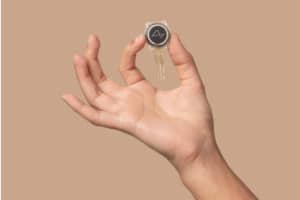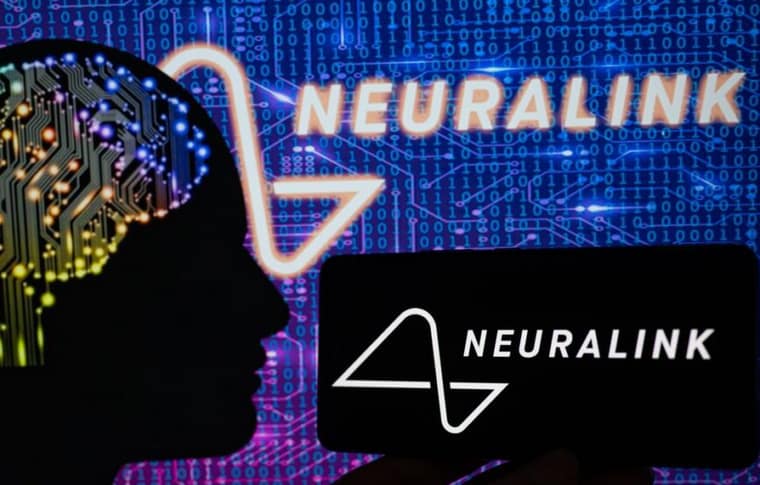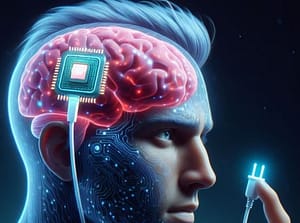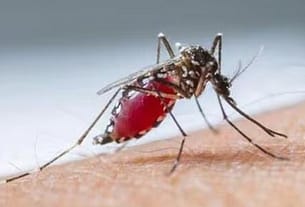Elon Musk told this week.
“Progress is good, patient seems to have made a full recovery … and is able to control the mouse, move the mouse around the screen just by thinking,” Musk, who owns the controversial brain chip startup, said in a conversation in an X Spaces event Monday night.
“We’re trying to get as many button presses as possible from thinking, so that’s what we’re currently working on is — can we get left mouse, right mouse, mouse down, mouse up,” he said, “which is kind of needed if you want to click and drag something, you need mouse down and to hold on mouse down.”

Musk announced Neuralink in 2017, with a mission to “Create a generalized brain interface to restore autonomy to those with unmet medical needs” through its implantable brain chips. The surgery involves attaching the implant, called the “Link,” directly to the brain to read neural signals. Wires from the device are meant to monitor the patient’s brain activity and use electricity to stimulate certain areas of the brain.

After the implant last month, Musk posted on X, “Initial results show promising neuron spike detection.” Now, Neuralink is testing how many mouse clicks the patient can make without using their hands, Musk said in the Spaces event. He said there are “no ill effects that we are aware of.” Neuralink did not immediately respond to a request for comment from Quartz.
Neuralink aims to help treat patients with neurological diseases including Parkinson’s and epilepsy in the short term. But Musk, who has expressed concern against the development of generative AI, despite his involvement in its development, has also proposed using the technology as a way for humans to avoid an AI takeover.
How does the Neuralink brain implant work?
The device works by recording activity from electrodes placed next to individual brain cells, making it possible to read out the person’s intended movement. Musk, the billionare founder of Neuralink and owner of X, previously said he has high hopes for the future of Neuralink. In an online chat in 2021, Musk said it could enable someone who was “tetraplegic or quadriplegic to control a computer, or mouse, or their phone, or really any device … just by thinking.”
Trial patients will have a chip surgically placed in the part of the brain that controls the intention to move. The chip, installed by a robot, will then record and send brain signals to an app, with the initial goal being “to grant people the ability to control a computer cursor or keyboard using their thoughts alone,” the company wrote in September.
Musk, the billionare founder of Neuralink and owner of X, previously said he has high hopes for the future of Neuralink. In an online chat in 2021, Musk said it could enable someone who was “tetraplegic or quadriplegic to control a computer, or mouse, or their phone, or really any device … just by thinking.”
Ultimately, Neuralink’s ambition is to use implants to connect human brains to computers to help, for example, paralyzed people to control smartphones or computers, or blind people to regain sight. Like existing brain-machine interfaces, the company’s implant would collect electrical signals sent out by the brain and interpret them as actions.
Musk said last month that the company’s first product would be called Telepathy, adding that its initial users will be people who have lost the use of their limbs.






